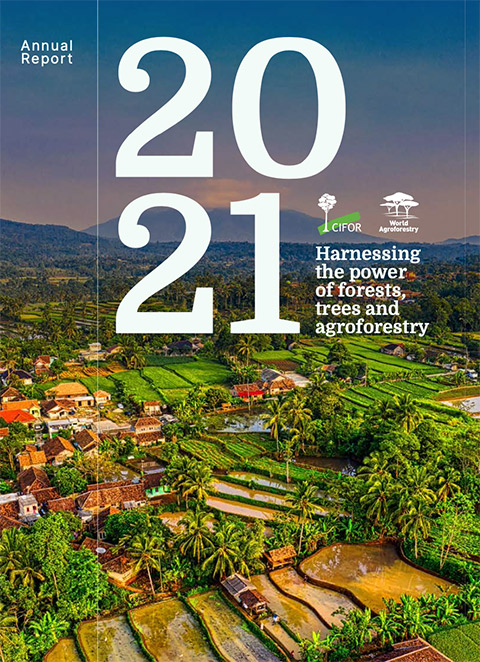Peru has pledged to restore 3.2 million hectares under Initiative 20x20, which it joined in 2014. Yet deforestation still accounts for 51% of the country's greenhouse gas emissions, threatening its vast forests and the biodiversity they harbour.
ProREST, the National Strategy for the Restoration of Ecosystems and Degraded Forest Lands, aims to bring 330,000 hectares of forest lands under restoration by 2030. Launched in 2021, the strategy lays out the country’s ecological, governance and capacity building goals to ensure that restoration initiatives deliver the expected results.
Landscape approaches are at the heart of ProREST. This is thanks in part to long-term research and engagement by CIFOR-ICRAF, which Peru's National Forest and Wild Fauna Service (SERFOR) recognized as a provider of evidence-based recommendations to guide the strategy.
“We have internalized this approach, taking into account that when we carry out restoration actions we should not only think about an area of land, but about the multiple uses that occur within it,” said Alberto Mamani, a specialist in ecological restoration at SERFOR.
“Having available publications and evidence-based recommendations to guide ProREST is very relevant. We have identified CIFOR-ICRAF as a key partner for this,” said Mamani, referring to the research and analysis generated by CIFOR-ICRAF leading up to and during the strategy development process, which began in 2016.
“Science is a key ingredient for implementing sound forest landscape restoration policy and practice, as much as is incorporating the views and aspirations of local communtities,” said Manuel Guariguata, CIFOR-ICRAF principal scientist who has conducted research on forest management and restoration in Peru for over 10 years.
A holistic, participatory approach to the strategy’s development was also key, as different actors involved in forest landscape restoration had the opportunity to share information and insights.
“This adds relevance and legitimacy to the execution of ProREST,” said Guariguata. “The strategy’s focus on learning and reflection is essential for the success of projects and programmes in different contexts.”
SERFOR foresees ongoing collaboration with CIFOR-ICRAF on research and restoration technologies, technical support, knowledge sharing, and documentation.
Learn more
Perú apuesta por un enfoque integral y participativo para restaurar sus ecosistemas forestales“Science is a key ingredient for implementing sound forest landscape restoration policy and practice, as much as is incorporating the views and aspirations of local communtities.”
Manuel Guariguata
CIFOR-ICRAF Principal Scientist

